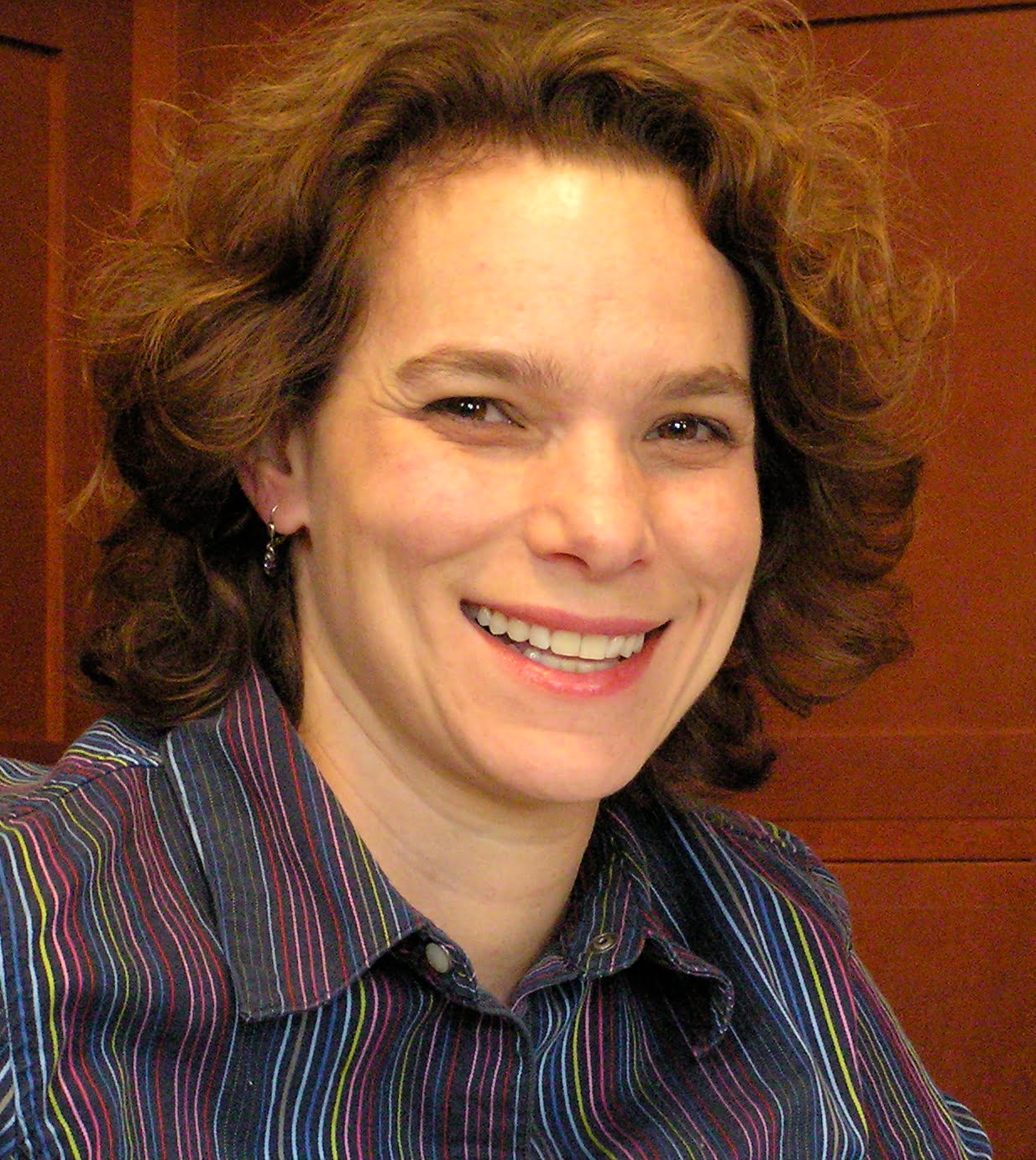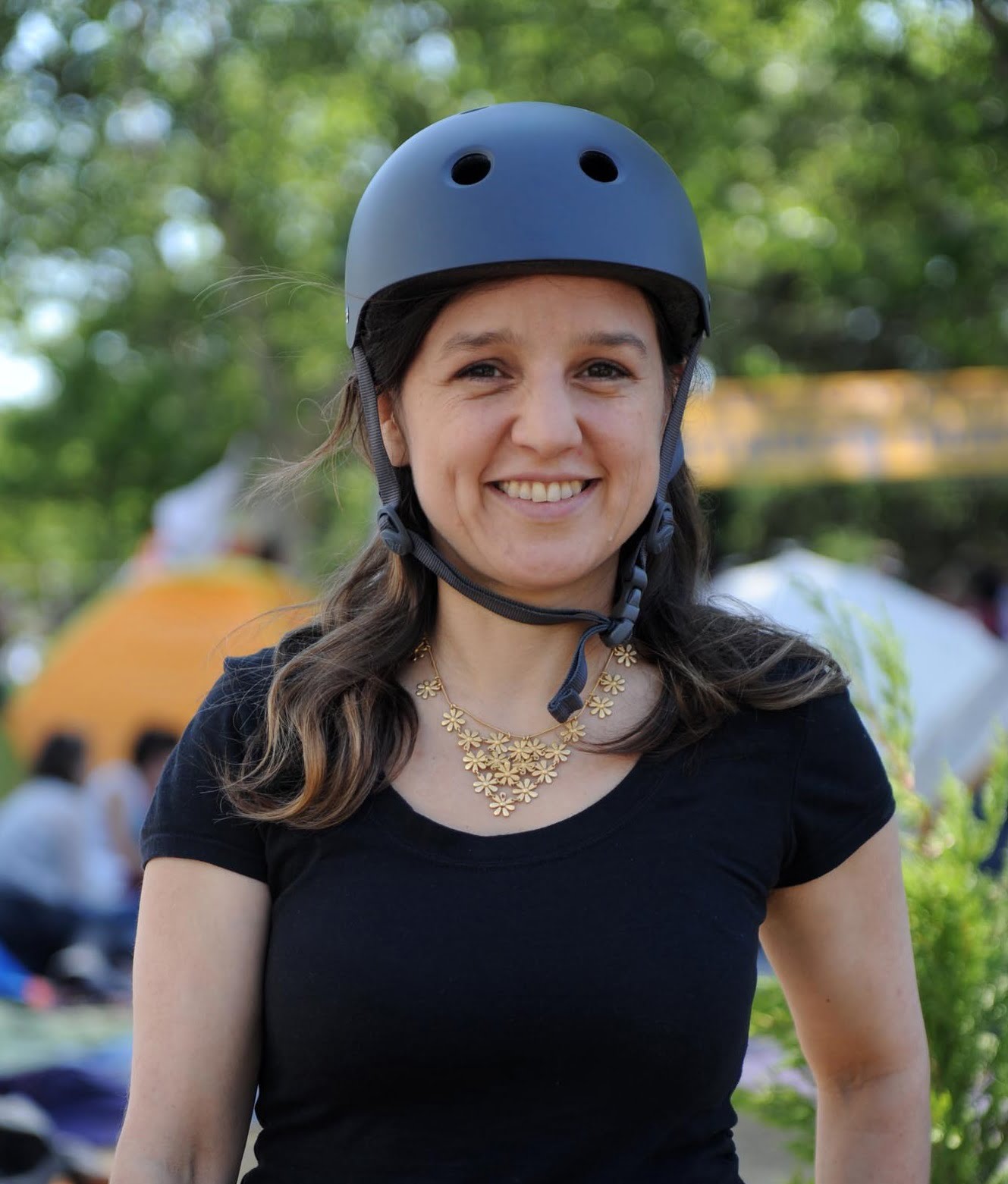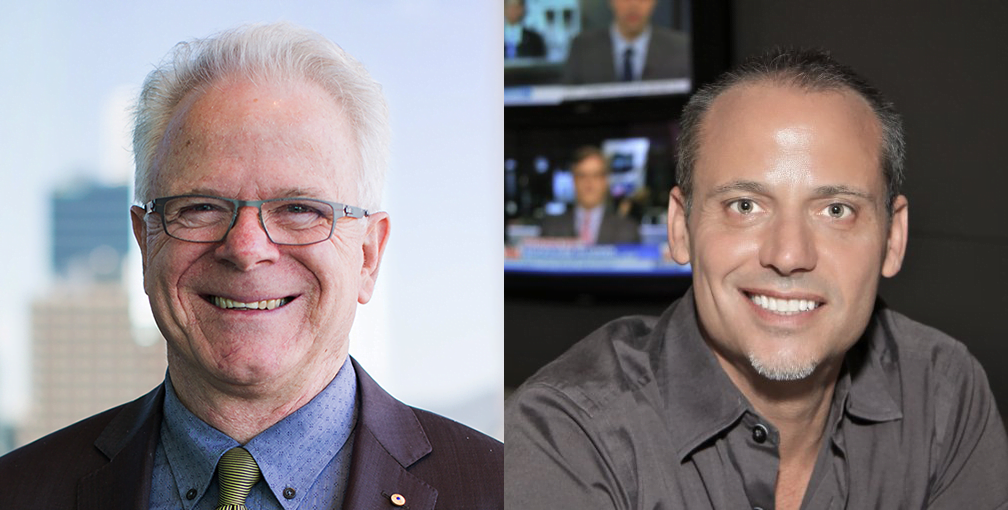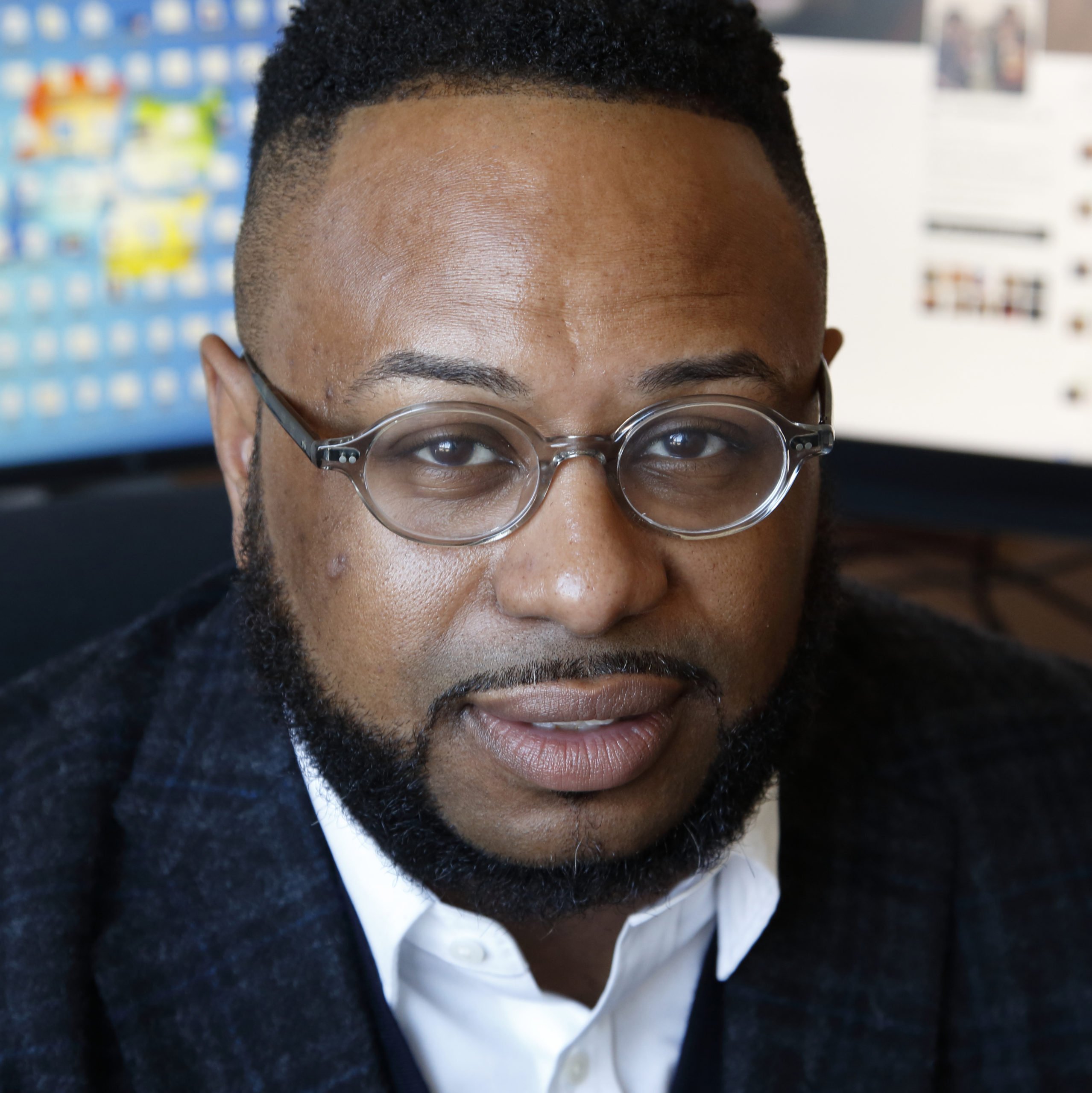Futures of Entertainment 3
MIT Media Lab, Bartos Theater 20 Ames Street, Cambridge, MAThis year's conference will work to bring together the themes from last year -- media spreadability, audiences and value, social media, distribution -- with the Consortium's new projects as we move towards an increasingly global understanding of media convergence and content flows.













